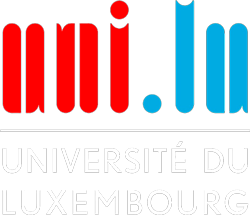Cemeteries and Crematoria as Public Spaces of Belonging in Europe
Cemeteries and crematoria ‘gardens’ are public spaces and often mirror social inclusion, exclusion and integration. They are highly regulated sites of continued interaction between the living and the dead, which takes multiple forms: commemoration, conversation, offerings of everyday objects or prayers. These practices are highly individual yet also culturally encoded and steeped in traditions. Cemeteries and crematoria are a ‘contact zone’ in which increasing diverse religious and cultural traditions are confronted with each other at a time of heightened vulnerability due to grief and loss.
Disseminating best practices
The CeMi research project, involving 8 Universities, aims to understand if cemetery and crematoria are meeting the changing and diverse needs of multicultural North-Western Europe? this HERA-funded research project, examines this diversity in mourning practices and related initiatives of site managers and other stakeholders in eight different town of ca. 100.000 inhabitants, including Luxembourg-City. The project also explores how cemeteries and crematoria form a part (or not) of urban life. It seeks to arrive at a better understanding of different – sometimes conflicting – interests and to help in reconciling them. The project wishes to identify and disseminate good practices of cemetery and crematoria. by, for example, setting up a “best practice” toolkit with and for international cemetery and crematoria managers.
The project brings together researchers from Luxembourg, the Netherlands, Norway, Sweden and the United Kingdom. It combines methodologies used in anthropology, history, human geography, landscape architecture and religious studies. Site mapping, individual and collective interviews, creative workshops and public outreach activities are conducted from July 2019 until January 2021, accompanied and followed by the dissemination of results.
